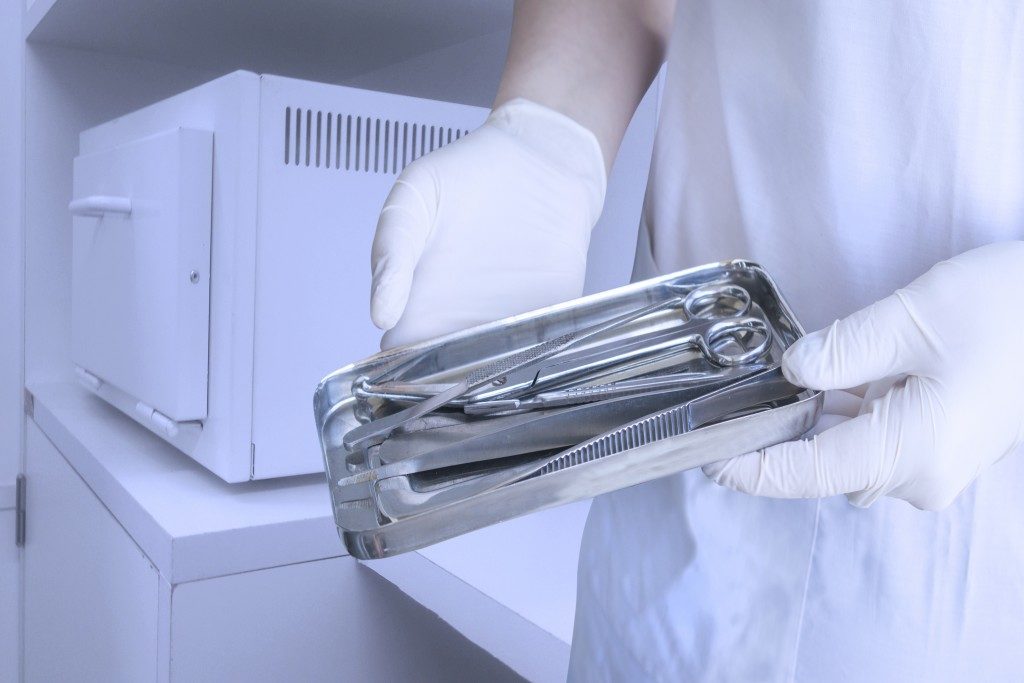The physics of steam is essential for cleaning medical instruments. If you’re looking for sterilization with great flexibility, autoclave equipment for sale in Australia and other countries will bring you utmost convenience. The equipment is easy-to-use, which guarantees user safety, an essential part of every clinic and hospital.
History of Autoclave
Charles Chamberland invented the autoclave in 1879. It’s the period when researchers started to understand the importance of sterile surgery. According to experts, autoclaving is a more reliable technique to eliminate microorganisms than open flaming. Through this, you can now have clean forceps, scalpels, scissors, and other metal items.
Many users are satisfied with the product because it’s compact, making it space-efficient. It ensures three things:
- Precise sterilization: Depending on the model, you can achieve steam temperature within the chamber of between 105 and 126 degrees Celsius or 115 and 135 degrees Celsius. Heating medical instruments and others above boiling point is now done more safely with this state-of-the-art machine.
- Solid design: The design includes a swing-up cover for convenient loading and unloading of flasks, test tubes, and other laboratory tools.
- Assistance function: You will not worry about operating the equipment because it features a built-in voice guidance function. There is no risk of overheating because it has an overheating protection feature. You can monitor the temperature through the digital display control panel. This will prevent you from committing an error during the process.
What is Autoclaving?
Autoclaving is a very dependable way for the decontamination of medical instruments, laboratory glassware, reagents, and other media. This technology eliminates bacteria, fungi, viruses, spores that contaminate instruments. Higher temperatures will achieve sterility quicker.
How to Operate Them
The type that you can see in dental offices are tabletop autoclaves. They are smaller than other models but work efficiently. Dentists find them ideal for facilities with limited space.
The various phases of a sterilization process involve the following:
- Purge Phase: Steam moves through the sterilizer, beginning the process of dislodging the air; temperature and force ramp slightly to a nonstop flow purge.
- Exposure Phase: During this phase, the autoclaves’ control system is preset to close the exhaust valve causing the interior temperature and pressure to elevate to the desired set point. The program then upholds the desired temperature.
- Exhaust Phase: The pressure is freed from the chamber through an exhaust regulator, and the interior is reinstated to ambient pressure, although contents are still relatively hot.
The Equipment’s Components
- Chamber: This is the fundamental component of the sterilizer, made up of an inner compartment and outer jacket. The jacket reduces the period that sterilization cycles take to finish and condensation within the cavity.
- Control System: For advanced cure control and ease of use, the sterilizer has multiple features.
- Thermostatic Trap: This section allows air and water to get out of the chamber.
- Safety Valve: This regulates the pressure in the inlet side of the valve. It opens when a predetermined pressure has been reached to decrease the heaviness.
- Wastewater Cooling Mechanism: To reduce the consumption of water, this device is utilized.
- Vacuum System: In some cases, some microorganisms still survive due to some air pockets present. To prevent this, the air has to be removed inside the chamber; it has to be vacuumed.
With equipment that does effective autoclaving, you can avoid the fear of introducing microorganisms into a sensitive environment. Interestingly, autoclaves have vacuum functions, integral electric boilers, and special cycles, making your sterilization procedures easier.






